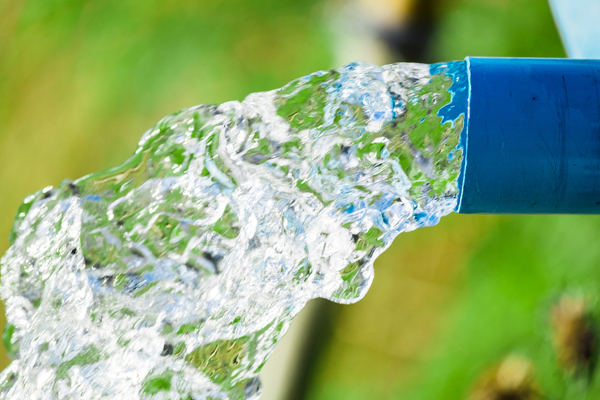Groundwater Not as Renewable as Thought, Study Finds
Findings ‘a call to better manage and protect the resource,’ says UVic researcher.

Just over 40 per cent of Canada’s agricultural productivity depends on groundwater. Irrigation photo via Shutterstock.
A new study published in the science journal Nature GeoScience found that just six per cent of the groundwater in the upper two kilometres of the Earth’s crust is actually renewed over a human lifetime.
As a consequence, the vast majority of groundwater now being consumed at a rapid rate by agriculture, human communities and the oil and gas industry took hundreds, thousands or even millions of years to collect in the earth. (Some groundwater in Canada is more than a billion years old.)
”It begs the question of what is renewable in terms of groundwater,” said hydrologist Tom Gleeson at the University of Victoria and one of the paper’s authors. ”When we talk about groundwater, it can be 100, 1,000 or 10,000 years old and it was all at some time precipitation. But it all comes down to timescale.”
Scientists classify groundwater, the water that supplies aquifers and wells, as ”young” or ”modern” if it has seeped and pooled in the earth for only 25 to 100 years. It is generally more readily available and of better quality than old or ancient groundwater and is more vulnerable to contamination.
The study, which used extensive computer modelling, mapped the extent of young groundwater around the world by tracking tritium, a radioactive tracer, in thousands of groundwater samples from around the world.
Tritium is a byproduct of atmospheric nuclear testing during the 1950s and 1960s. The element fell to the ground in rainwater and is now a standard measurement for mapping young groundwater.
…click on the above link to read the rest of the article…